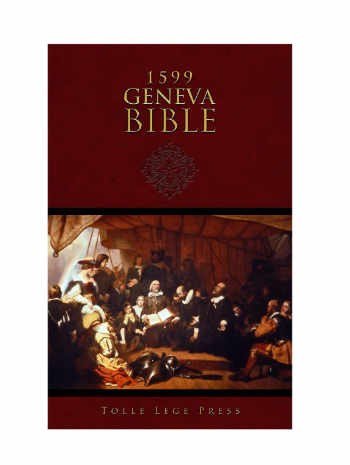Two archaeologists from the Hebrew University of Jerusalem have announced their team uncovered a rare inscription in Greek from the Byzantine period that paraphrases the first two verses of Psalm 86 from the Bible’s Old Testament book of Psalms.
The discovery was made at Horkania Fort, an isolated archaeological site in the Judean Desert.
In a press release, the university said the excavations at the site took place due to the increasing activity of antiquities robbers.
Despite the remote location, Dr. Oren Gutfeld and Michal Haber’s team from the Hebrew University of Jerusalem, in cooperation with Carson-Newman University (Jefferson City, Tennessee) and the American Veterans Archaeological Recovery organization, dug at the site for four weeks.
 The expedition focused on two main excavation areas. At the southwestern end of the peak, sections of fortifications from the Second Temple period were uncovered, including a strong wall and a watchtower.
The expedition focused on two main excavation areas. At the southwestern end of the peak, sections of fortifications from the Second Temple period were uncovered, including a strong wall and a watchtower.
In the northwestern part of the mountain, the expedition removed a massive avalanche layer of building stones that collapsed from the upper floor into a hall on the basement floor of a wide building. During the archaeological team’s excavation of the site, a large masonry stone was uncovered with an inscription painted with red letters with a cross located at the top of it.
Haber and Gutfeld identified the writing as KoineIdean—the language in which the New Testament was written. They turned to their colleague, epigrapher Dr. AvnerEcker of Bar-Ilan University, to decipher the writing on the stone.
According to Ecker, the inscription is a paraphrase of Psalm 86: 1-2 known as “A Prayer of David.”
The verses read, “Incline Your ear, Lord, and answer me; For I am afflicted and needy. 2 Protect my {a} soul, for I am godly; You my God, save Your servant who trusts in You,” according to the New American Standard version.
The inscription on the stone marked with a cross reads, “Jesus Christ, guard me, for I am poor and needy.”
“This is one of the most common psalms in the Christian liturgy in ancient times. Apparently one of the monks painted graffiti of the cross on the wall and underneath it wrote a prayer that he knew very well,” Ecker said in a statement.
He also dated the inscription, explaining, “According to the style of the writing, the inscription dates no later than the first half of the 7th century CE.”
Gutfeld told The Washington Times that finding a stone with an inscription is very rare.
It’s “the first time that I recall a phrase from the Psalms on an inscription {on a} huge stone building stone. It’s very, very rare — a unique something {that’s} bigger than the inscription itself,” he told the outlet.
***Please sign up for CBN Newsletters and download the CBN News app to ensure you keep receiving the latest news from a distinctly Christian perspective.***
The remainder of this article is available in its entirety at CBN

